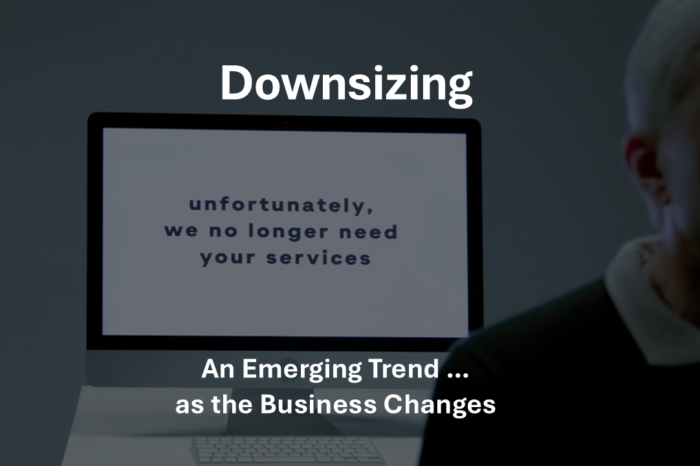Construction Process Disruption & 2017 Dodge Construction Forecast
 Many at last week’s Dodge Data & Analytics Construction Outlook conference, which coincided with the AD North American Meeting at the same hotel, over 170 manufacturers and retailers attended to gain insights into 2017. While many came for the outlook (and we’ll dissect the report for a future posting, but here is a high level report from Electrical Wholesaling overviewing the expected 5% growth in the construction market), the topics of disruption in the construction process as well as insights on the US economy were of interest … and implications for electrical distributors and manufacturers.
Many at last week’s Dodge Data & Analytics Construction Outlook conference, which coincided with the AD North American Meeting at the same hotel, over 170 manufacturers and retailers attended to gain insights into 2017. While many came for the outlook (and we’ll dissect the report for a future posting, but here is a high level report from Electrical Wholesaling overviewing the expected 5% growth in the construction market), the topics of disruption in the construction process as well as insights on the US economy were of interest … and implications for electrical distributors and manufacturers.
And ElectricalTrends / Channel Marketing Group attended the conference
Some meeting insights:
- The early sessions talked about “disruption” in the construction process. Disruptive activities and initiatives include:
- Changes in the design process. Some is brought on by technology (inclusive of cloud based technologies), some by the emphasis in energy, some by a desire for improved efficiency in the process (cost savings) and other disruption caused by the labor / talent shortage.
- Specifically, some of these areas relate to design, building process, collaboration (and the role of technology), concepts like pre-fab (which many contractors are doing) and the Internet of Things (IoT) as well as the desire for “maintenance-free” environments.
- Distributors and manufacturers should consider conducting customer focus groups / advisory councils to better understand some of the dynamics impacting their customers to identify where they may be of service, to learn about the technology in the process and to gain customer empathy. The key is that there is change occurring and this will need to be embraced as “old school” will get left behind.
- US Economy Major Issues
- The country is coming to the issue of “full employment” and while there are 7.5M “under-employed” there is an imbalance between labor and the skills needed for the open roles. This is also impacting construction, hence the emphasis on productivity improvement (and the move by contractors to utilize pre-fab operations – different “skilled” labor, less costly and more efficient to install “pre-built” sections.)
- Weekly initial unemployment insurance claims points to a low risk of recession, however, as interest rates increase there is a risk of a recession in late 2018 or 2019.
- 2017 GDP projected at 2-2.5% driven by housing (single and multi-family)
- Fed, state and local infrastructure spending is expected to have a minor increase. This could increase in late 2017 and 2018 as politicians have expressed interest (but they are politicians, so it may not increase.)
- Consumers are leading the economy
- Exports are weak due to the dollar
- Disruption
- Stacey Scopano from AutoDesk had a very intriguing presentation on “disruption” filled with many examples. He was probably one of the best technology-oriented “futurists” that I’ve seen present that can talk about “what could be” and actually “is”.
- Consider megatrends of population dynamics especially since 65-80% of the world’s population by 2035 will live in a city with a population of 10M+ … and there will be 600 of these cities.
- The implication for the electrical industry? We’re seeing it in where the industry is growing … metropolitan areas.
- Stacey used the term “digital native” to describe the skill set for the next generation / Millennials. This represents a different way of thinking about the incoming generation who will work in distributors and manufacturers … from a management viewpoint but more importantly how they will collaborate within an organization, with their channel / ecosystem and how they will research and buy material.
- Consider megatrends of population dynamics especially since 65-80% of the world’s population by 2035 will live in a city with a population of 10M+ … and there will be 600 of these cities.
- There was a panel discussion consisting of some manufacturers, architects and contractors who shared insights regarding how they have been impacted by “disruption”. Some trends included:
- Technology crease changes which creates the need for culture change to
- Energy efficiency was originally started due to sustainability. Now it is driven by big data and the desire to automate, monitor and manage environments.
- This lead to a discussion that sustainability has morphed to a health / wellness” issue which is the essence of SMART (i.e. SMART buildings). The collection of data and the resulting monitoring and evaluation is designed to improve the health / wellness of employees (to drive productivity), ensure the wellness of buildings (predictive maintenance), security issues, “global” health through energy efficiency and more.
- More manufactured components therefore more assembly is needed (hence pre-fab) and more of a need for on-site “plug and play” capabilities.
- That architects are “Googling” everything to find information on products. The downside is that if the information isn’t correct the project can have problems due to lack of “real-world” knowledge. Contractors and architects implored manufacturers to have updated websites and that manufacturer reps and distributors continue to reach out to architects and contractors to offer their expertise / local knowledge (i.e. code issues, product “peculiarities”, etc)
- Stacey Scopano from AutoDesk had a very intriguing presentation on “disruption” filled with many examples. He was probably one of the best technology-oriented “futurists” that I’ve seen present that can talk about “what could be” and actually “is”.
What came through is that construction:
- has gone high-tech and there could be a role for a distributor as part of a productivity / information sharing role
- productivity is here to stay
- contractors working on large projects are seeking collaboration and innovative material management a distributor, or manufacturer, needs to be very early in the process
- Smart is being designed-in. Distributors can be product providers if they are informed, otherwise manufacturers will go around them
- “wellness” is the broader efficiency issue and crosses industries
- quality web content is important
- economically, the focus is residential and large commercial construction and while growth will not be robust, there will be growth, probably at slightly above the GDP rate with metropolitan areas growing at a faster rate. Those in secondary and tertiary marketplaces will need to take share, focus (on accounts and/or verticals), manage overhead, effectively utilize technology and resist self-imposed margin erosion caused by their sales organization.






















